| Structure | Name/CAS No. | Articles |
|---|---|---|
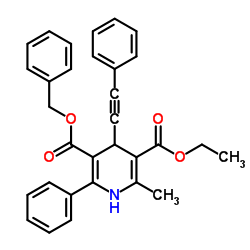 |
L-Amino acid oxidase
CAS:9000-89-9 |
|
 |
4-Bromobiphenyl
CAS:9001-62-1 |
|
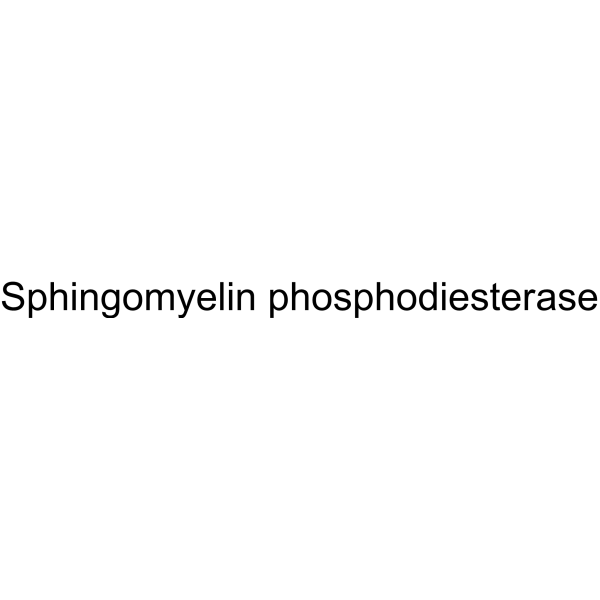 |
SPHINGOMYELINASE
CAS:9031-54-3 |
|
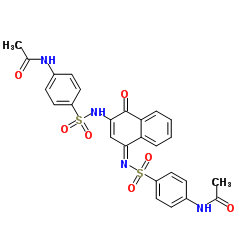 |
Acyl coenzyme A synthetase
CAS:9013-18-7 |
|
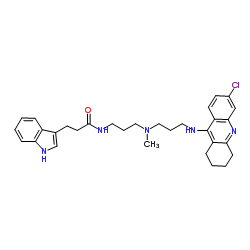 |
3-Hydroxybutyrate dehydrogenase
CAS:9028-38-0 |
|
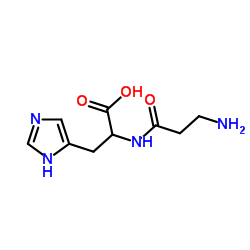 |
Phospholipase D
CAS:9001-87-0 |
|
 |
sPLA2 (Type III)
CAS:9001-84-7 |
|
 |
Lipoprotein Lipase fromPseudomonas
CAS:9004-02-8 |
|
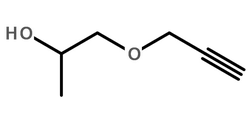 |
Native Sweet Potato Non-Prostatic Acid Phosphatase
CAS:9001-77-8 |